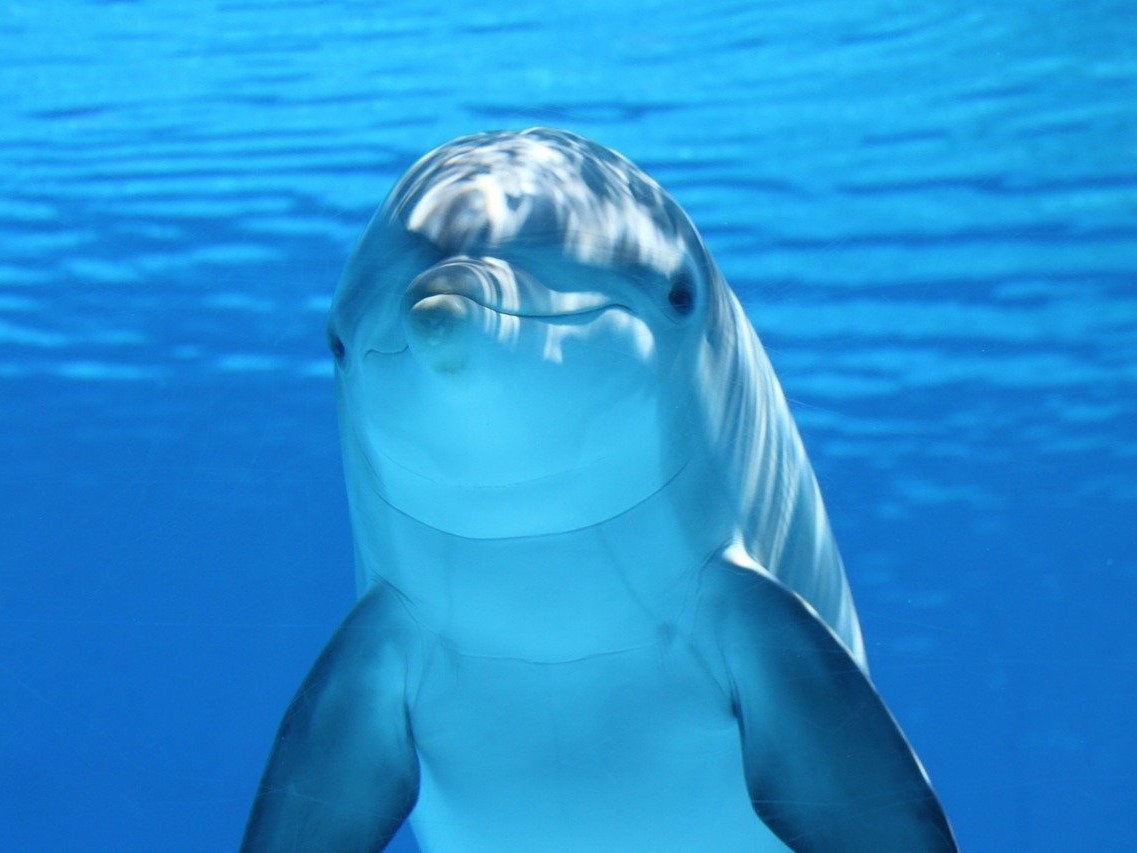
Should We Free the Whales and Dolphins in Captivity?
Whales and Dolphins in Captivity
The Problem?
Around the world, there remains more than 3000 whales and dolphins in captivity. That is to say, there are over 3000 cetaceans, usually orcas, beluga whales and bottlenose dolphins, living in artificial tanks that are too small to ever be able to fulfil the complex needs of intelligent animals.
This is despite the barrage of campaigning and public messaging in recent years that has led to a general dissent that the keeping of these beautiful mammals in this way is inhumane and cruel.
The problem, of course, is this: what to do with 3000 animals, accustomed to a life in captivity?
The Solution?
The natural and immediate solution would seem to be to simply release them into the wild. When you’re used to living in an enclosed space with meals served right into your mouth, however, the ocean may be a little too vast.
Today I’m looking into what is being done about this problem. What can we do with the thousands of whales and dolphins in captivity, to give them the best chance at finding peace for the rest of their years.
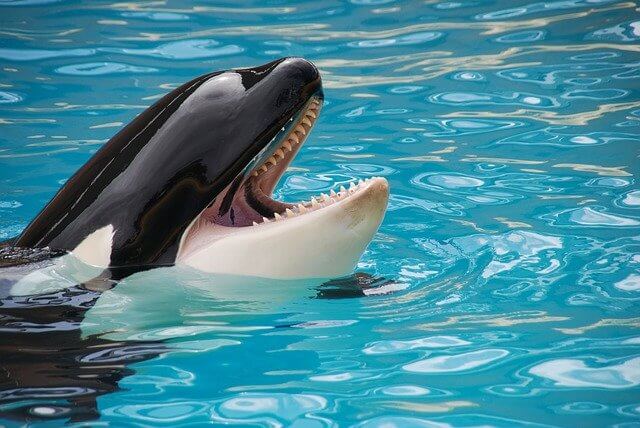
The Problem with Freedom
So now we have a whole load of whales and dolphins in captivity, that we can no longer accept being there, but which we don’t want to have to lose their lives.
In a perfect world we would simply…let them go.
But, of course the world isn’t perfect and the reality, as always, is more complicated.
Instinct Only Takes You So Far
To a dolphin or a whale, the ocean offers the kind of space and mental stimulation that a tank never could.
It also provides certain barriers that weren’t there in a park. How to find food, is certainly one of them.
Perhaps some of their natural instincts would remain but learning to hunt would not necessarily come straight away.
Social Structures
Social groups are important to cetaceans. They need a pod to re-join to take care of their social needs.
This isn’t guaranteed to happen by setting them free in the ocean.
Some of their social needs may have also been, however poorly, satiated by their interactions with humans. To remove that safety net suddenly and completely could be stressful to some individuals.
Being too comfortable with humans could also be problematic for a free cetacean. Coming too close to boats offers danger in many forms.
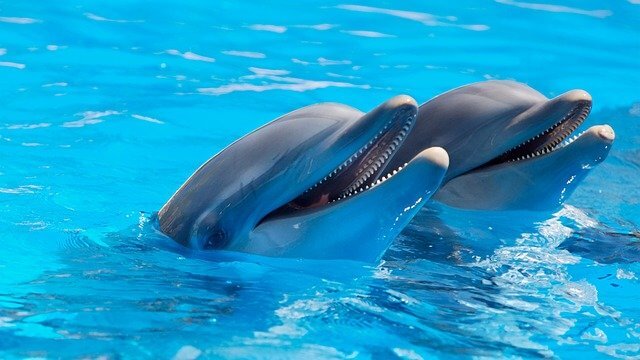
The Alternatives
Re-joining Family Pods
One school of thought is that it might be possible to release animals directly into, or near to, a pod.
The WDC has put together guidelines on how to do this. This includes considerations of disease in the captive animal and pollution in the area it is released into; the ability of individuals to feed themselves and whether they will present themselves to humans in a way that might endanger them.
They also iterate the importance of having educational campaigns that mean that local people support the whales and dolphins in their release.
Each animal would be monitored carefully to ensure their safe return to the wild. Researchers would hope to see them rejoin a pod and be accepted by other wild individuals.
The Beluga Whale Sanctuary
There may be some individuals for whom wild release is not a possibility for one reason or another.
So it was for Little White and Little Grey, two beluga whales who were, until recently, held in captivity in Shanghai.
I’m sure I wasn’t the only person who fell in love with these two whales in John Bishop’s Great Whale Rescue, recently shown on ITV in the UK.
They were painstakingly moved across the world to a purpose-built sanctuary in Iceland.
Their pool is formed by a natural harbour where they can see the sky, experience the changing seas, find food and play with the weeds on the ocean floor.
They are sheltered enough to have some of the protection they have always enjoyed, but can see out their days together in the environment they were always supposed to live in.
Is this the future?
You might hope that it would seem obvious that this is what these animals need and we could begin work right away.
However, as I was watching the documentary on Little White and Little Grey, I couldn’t help but be astonished by the monumental costs that must have been involved.
First, the cost of building their new sanctuary. Then the cost of the custom-made tanks, stretchers and even a plane for their journey. Plus, of course, endless personnel who had dedicated years to the project.
Even with the huge favours they called in, I wouldn’t be surprised if the whole operation cost significantly over £1 million…for two whales.
Imagine the cost of liberating 3000.
Perhaps the inconvenient truth as that in reality, most whales and dolphins in captivity today will not be as lucky as Little White and Little Grey.
But we can try. And the best way of making it happen? Showing that there is public demand for their freedom and no money to be made from keeping them.

One Wild Thing
Your Role to Play
If you’re looking for evidence that you vote with your money, this is it.
Since films like Blackfish have come to public attention, Seaworld has ended their whale and dolphin shows and stopped their captive breeding programs.
There is no clearer demonstration of the fact that money talks.
If you want to see change, your choice is simple: don’t give your money to any organisation supporting the holding of cetaceans in captivity.
Instead, put your support behind the WDC and initiatives like the Beluga Whale Sanctuary so that they can continue their work to place captive whales and dolphins back into the wild or natural enclosure.
One Last Thing…
Confession
If you’re still with me at this point, please indulge me here for a second as I tell the story of my own involvement in this tale of captive cetaceans. I think it is important that you know I am not innocent here…or perhaps I am.
As a child, dolphins were by far my favourite animal. Christmas’ were filled with gifts of dolphin “memorabilia” and adoptions of Jigsaw the dolphin from (what was then) the Whale and Dolphin Conservation Society.
Many of my life’s choices were based around Lucy Daniels’ Dolphin Diaries series as I longed for the life of the lead character, Jody McGrath, and was introduced to the term “marine biologist”.
The idea of seeing a real-life dolphin became nothing short of an obsession.
Then one day, I think in 2003 when I was 10 years old, my parents took me on holiday to Portugal.
There was a marine park, ZooMarine, that they took me to, and there I saw it- my first ever, beautiful, magical dolphin. Just like that, my dreams came true.
Six years later I visited SeaWorld where I even got to TOUCH a dolphin! Then there was the orcas and the beluga whales and the wonderful shows they put on. It couldn’t get better than that, could it?
But here’s the thing: I don’t remember any of it. I have a diary and photos from Florida and SeaWorld but it might as well belong to someone else.
Reflection
Do you know what I do remember?
The week after we had visted Orlando, my family took me down to the Everglades. I was disappointed to leave Orlando. I had no idea what the Everglades were or why I should want to leave Disneyland to be there.
It turned out to be by far the greatest trip of my life to that point.
We saw manatees and alligators and turtles and…my first ever wild dolphin.
I remember those dolphins SO clearly. I can still feel the way my heart felt so light because they CHOSE to let us into their world for a brief moment. Flash backs still take me back to excitement so strong I could barely breathe.
Similarly, I remember the time I saw the fin of a single dolphin off the coast of Kent. I remember seeing the back of a sperm whale and it’s calf in Costa Rica and the single glimpse of the fin of an orca in Canada. And the spinning, leaping dolphins we saw in Iceland will never leave me.
So what’s my point here?
I have written two articles this month in which I looked at the benefits and pitfalls of keeping animals in captivity in zoos and in aquariums for public viewing.
In both, I repeated the often-cited argument that we need animals in captivity for education. This is the case often put forward by parks like SeaWorld for keeping whales and dolphins in captivity.
But now I realise, I never needed those poor captive creatures to educate me.
I loved them before I set foot in that place. I loved them because of the books I read and the TV shows I watched and the photos on my bedroom walls.
So perhaps, on reflection, my journey this month through the uncomfortable subject of captivity has brought me here, to this realisation.
I have heard it argued that children fall in love with dinosaurs without ever having seen one.
Perhaps it is perfectly possible to inspire a passion for wildlife in people without the need for suffering of any animal. Perhaps we need to look at how we reinvigorate that passion before it’s too late.



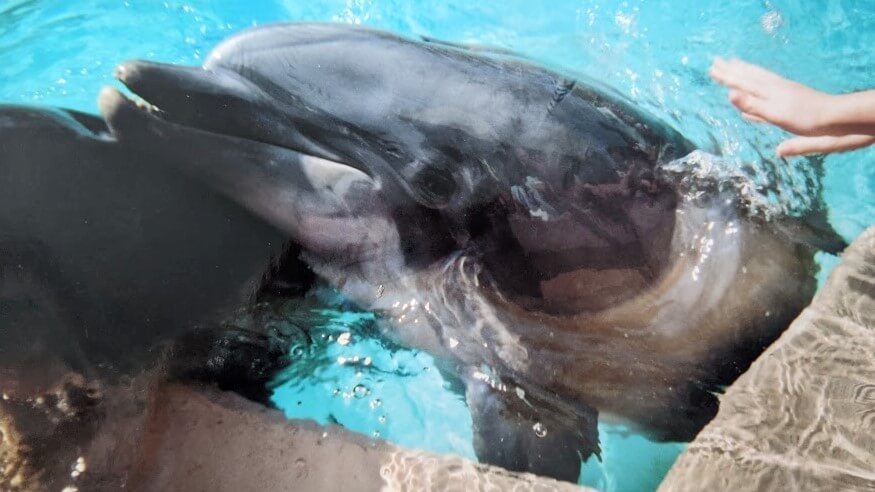
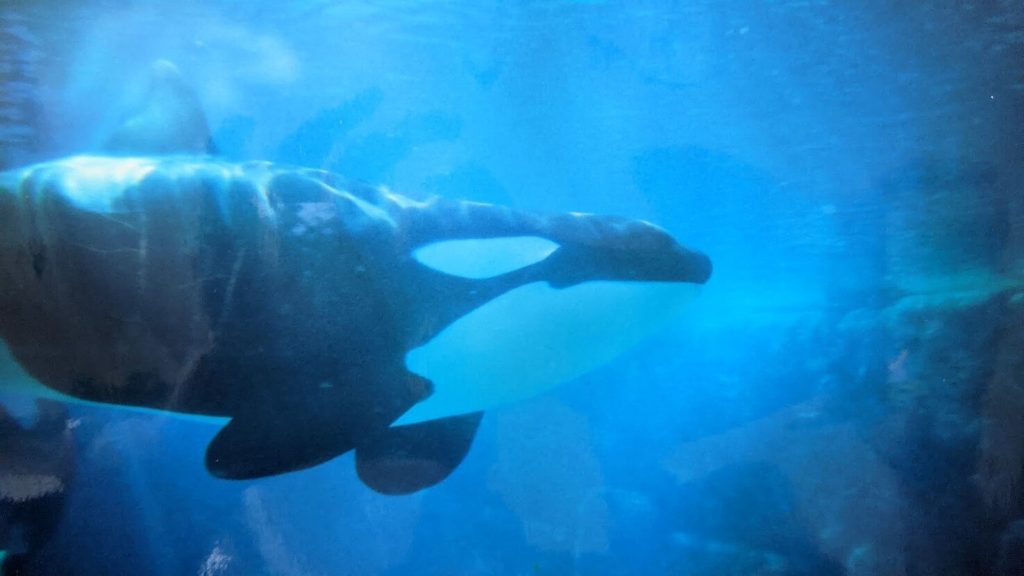
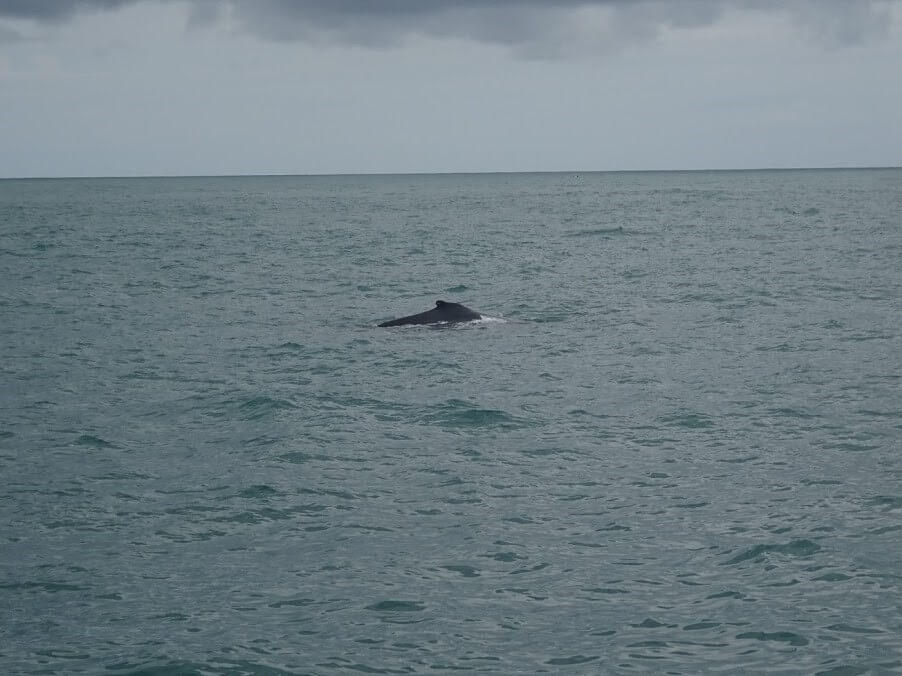
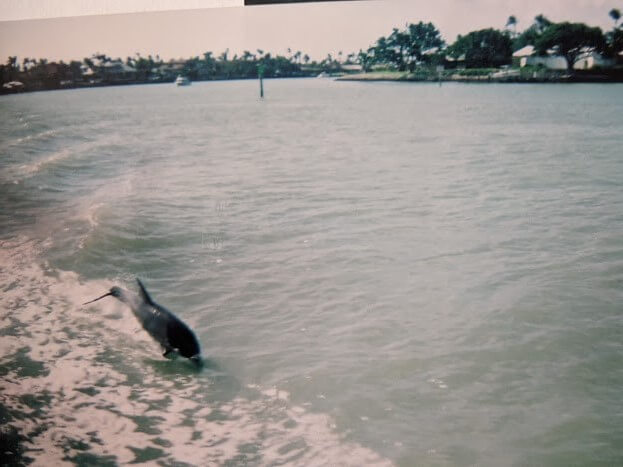
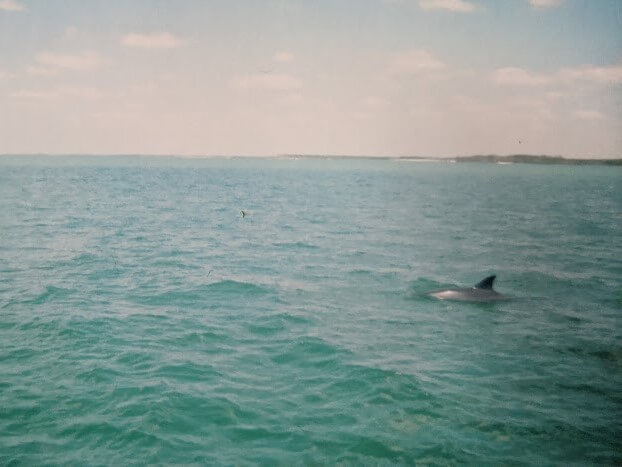
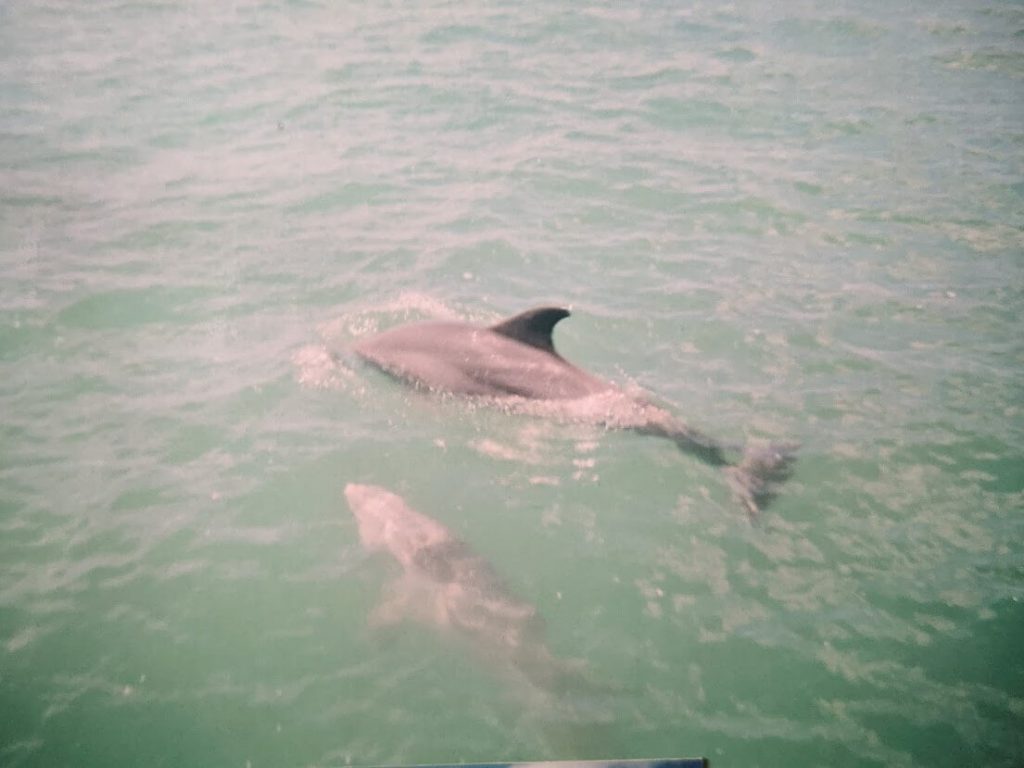
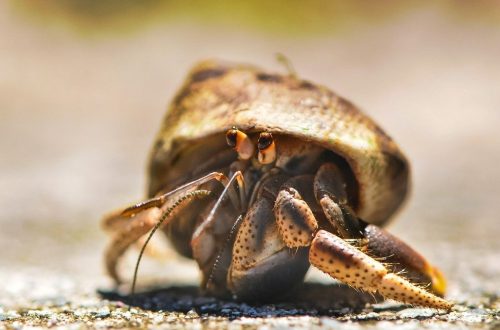
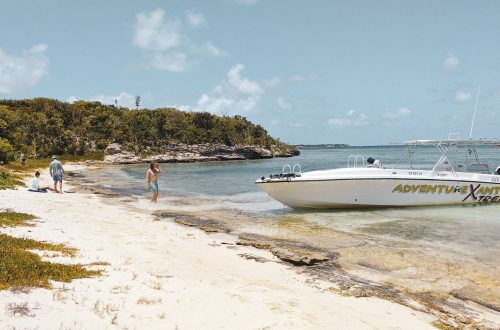
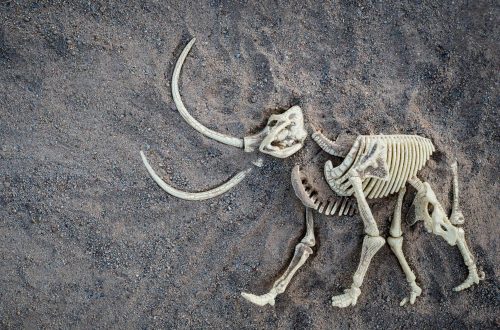
2 Comments
Pingback:
Pingback: